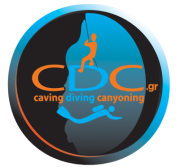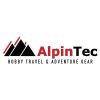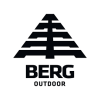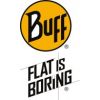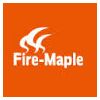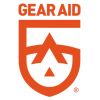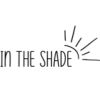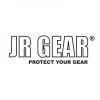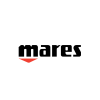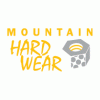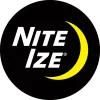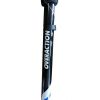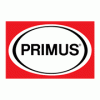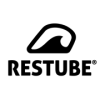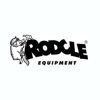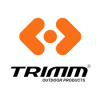3 Season Tents

When it comes to camping, having the right gear is essential for a comfortable and enjoyable experience. One of the most crucial pieces of equipment to consider is a reliable and suitable tent. A 3-season tent is a popular choice for many outdoor enthusiasts due to its versatility and ability to withstand a range of weather conditions. In this blog post, we will explore the key factors to consider when selecting a 3-season tent that fits your needs, ensuring you make the right choice for your outdoor adventures.
- Understanding the Purpose:
Before delving into the specifics, it's crucial to understand the purpose of a 3-season tent. As the name suggests, these tents are designed to be used during spring, summer, and fall when conditions are generally mild to moderate. They are not intended for extreme weather conditions like heavy snowfall or harsh winter storms.
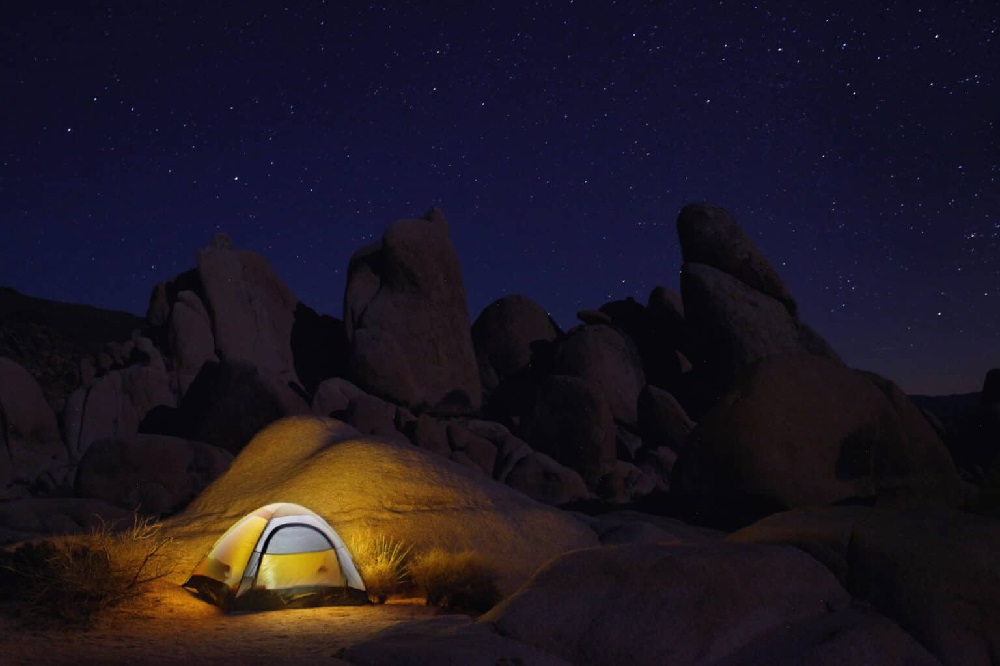
- Tent Capacity and Size:
Consider how many people will be sharing the tent. Tent capacity typically ranges from one-person to multi-person options. Keep in mind that a larger tent provides more space for gear storage, but it may also be heavier to carry. Additionally, consider the tent's height, length, and width to ensure it can comfortably accommodate all occupants.
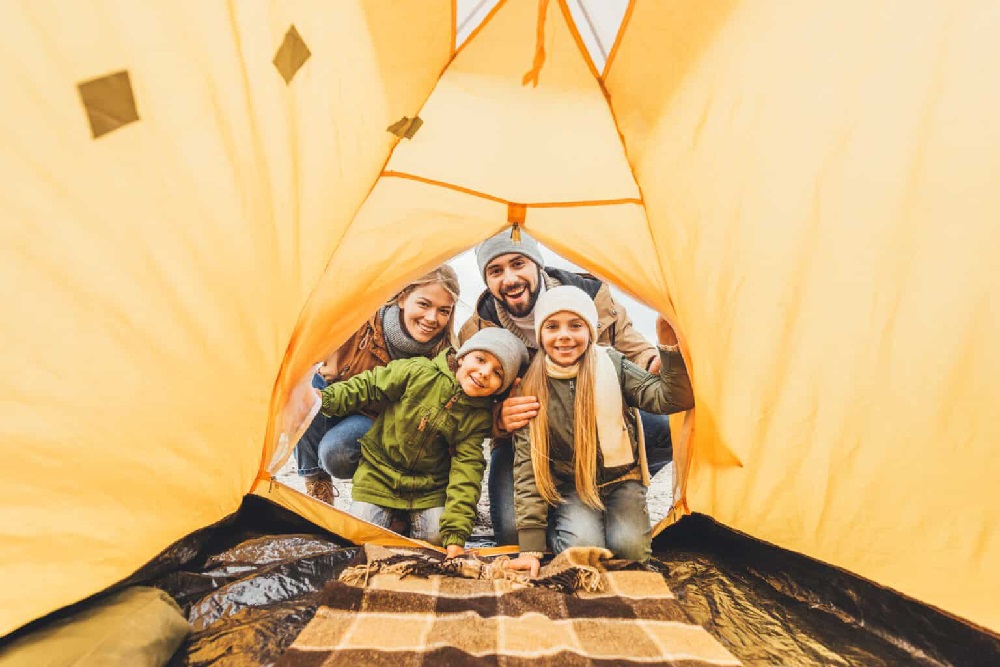
- Weight and Portability:
If you plan on backpacking or hiking to your camping destination, the weight and portability of the tent are critical factors. Look for lightweight materials and compact designs that can be easily carried in your backpack. Remember that a lighter tent often comes with a higher price tag, so find the right balance between weight and budget.
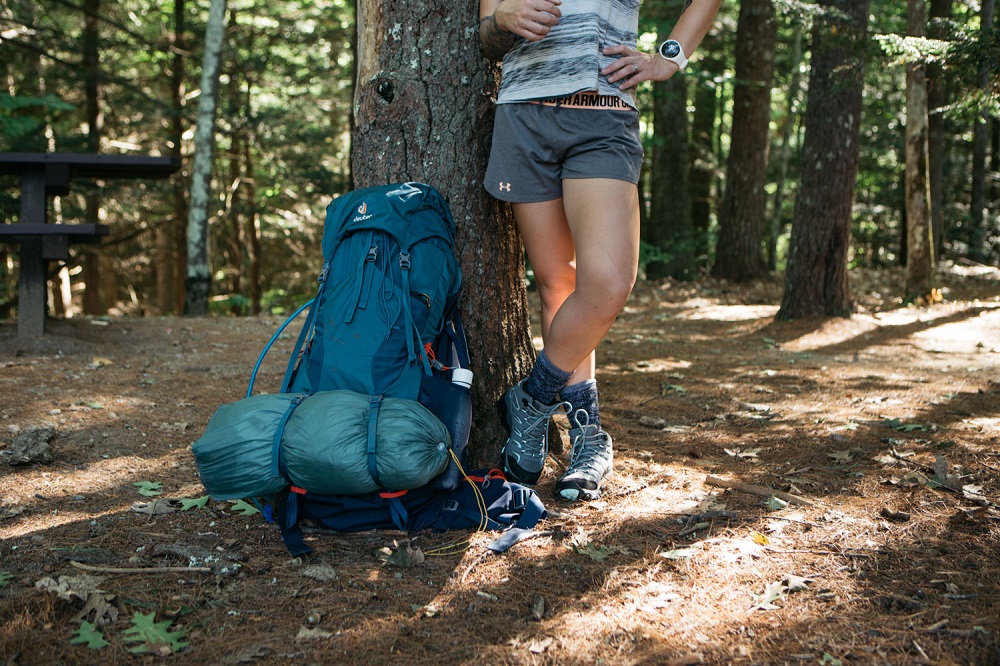
- Durability and Weather Resistance:
While 3-season tents are not designed for extreme weather, they should still offer adequate protection against rain, wind, and moderate temperature fluctuations. Look for tents with durable fabrics, reinforced stitching, and sturdy poles. Additionally, check for a high hydrostatic head rating (at least 2000mm) to ensure good water resistance. Consider the tent's ability to handle strong winds and its ventilation options to prevent condensation buildup.
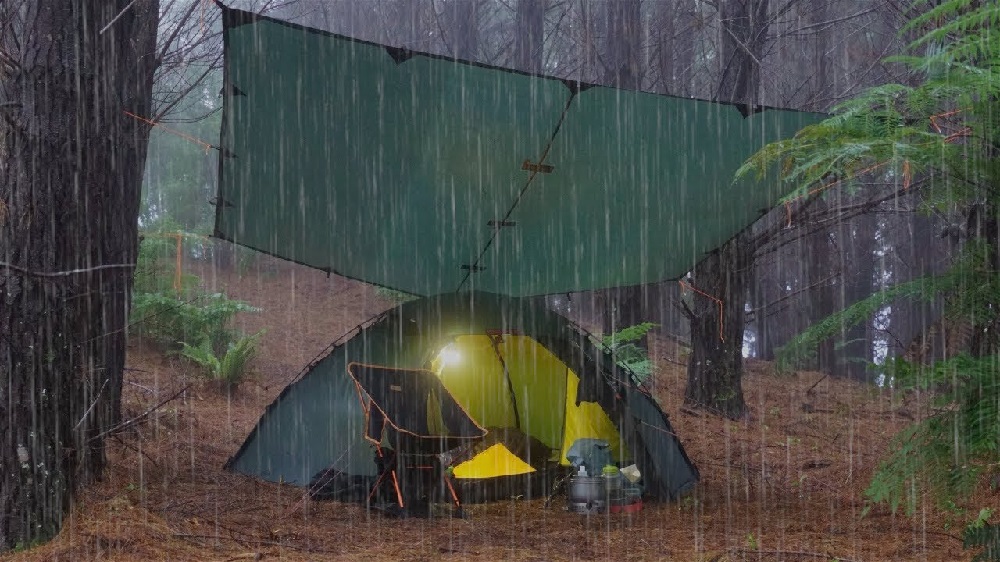
- Tent Design and Features:
Tent designs vary, including dome and tunnel styles. Dome tents offer good headroom and stability, while tunnel tents provide spaciousness and lighter weight. Consider the design that suits your camping style and preferences. Look for features like vestibules for additional gear storage, mesh panels for ventilation, and multiple doors for convenient access.
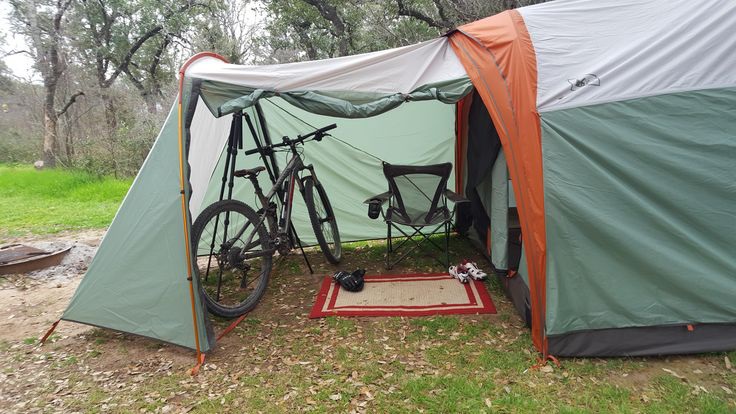
- Setup and Ease of Use:
Setting up your tent should be a straightforward and hassle-free process, especially after a long day of outdoor activities. Look for tents with intuitive setup mechanisms, color-coded poles, and clear instructions. Choose tents that are generally easier to set up and offer more flexibility in choosing your camping spot.
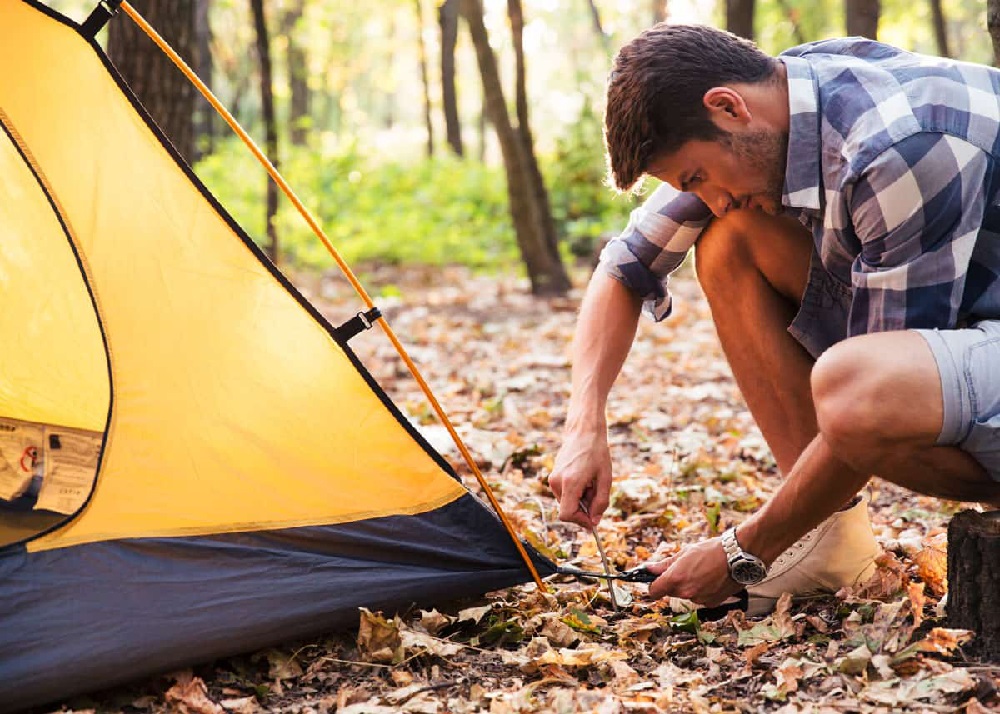
- Price and Budget:
Lastly, consider your budget when selecting a 3-season tent. Prices can vary significantly based on the brand, weight, features, and materials. While it's tempting to opt for the cheapest option, compromising on quality may lead to disappointment in the long run. Invest in a tent that strikes the right balance between affordability and durability, ensuring it meets your specific requirements.
Conclusion:
Choosing the right 3-season tent is crucial for a comfortable and enjoyable camping experience during mild to moderate weather conditions. Consider factors such as tent capacity, weight, durability, weather resistance, design, ease of use, and your budget. By carefully evaluating these aspects, you'll be well-equipped to select the perfect 3-season tent that suits your needs, ensuring memorable outdoor adventures for years to come!
Recent posts
-
24/05/2024Backpack Guide Part Α’ 10 – 30 L
-
20/03/2024Guide for crampons
-
19/02/2024Hangboarding for beginners
-
06/02/2024Rock Climbing in Occupational Therapy
-
23/11/2023Climbing Grades
-
22/11/2023Climbing in psychotherapy
-
16/11/2023What is Bouldering
-
15/11/2023Trad VS Sport Climbing
-
15/11/2023Winter Tents
-
07/11/20233 Season Tents
-
03/11/2023Summer Tents
-
02/11/2023Lifespan Of Your Climbing Gear – Part B Metal Components
-
02/11/2023Lifespan Of Your Climbing Gear – Part A (Harness, Rope, Slings and Webbing)
-
30/10/2023Nail Vernis Aquaglutene - Vade Retro
-
30/10/2023THE LOG BOOK
-
30/10/2023Mountain cookware
-
30/10/2023Our Blog
-
30/10/2023Climbing Shoes - Quick Buying Guide
-
30/10/2023Washing and maintenance of the sleeping bag
-
30/10/2023Superlight Tents
-
30/10/2023ΙNFORMATION FOR CRAMPONS
-
30/10/2023Ice axe
-
30/10/2023INFLATABLE MATTRESS SLEEP
-
30/10/2023Nikwax secrets of waterproofing
-
30/10/2023What Is “Softshell”?
-
30/10/2023Slacklining, ένας εναλλακτικός τρόπος γυμναστικής.
-
30/10/2023Mountaineering - Hiking Boots
-
30/10/2023Waterproof Membranes
-
30/10/2023Sleeping Bags
-
30/10/2023Sleeping Mats
-
30/10/2023Base Layers
-
30/10/2023Climbing Helmets
